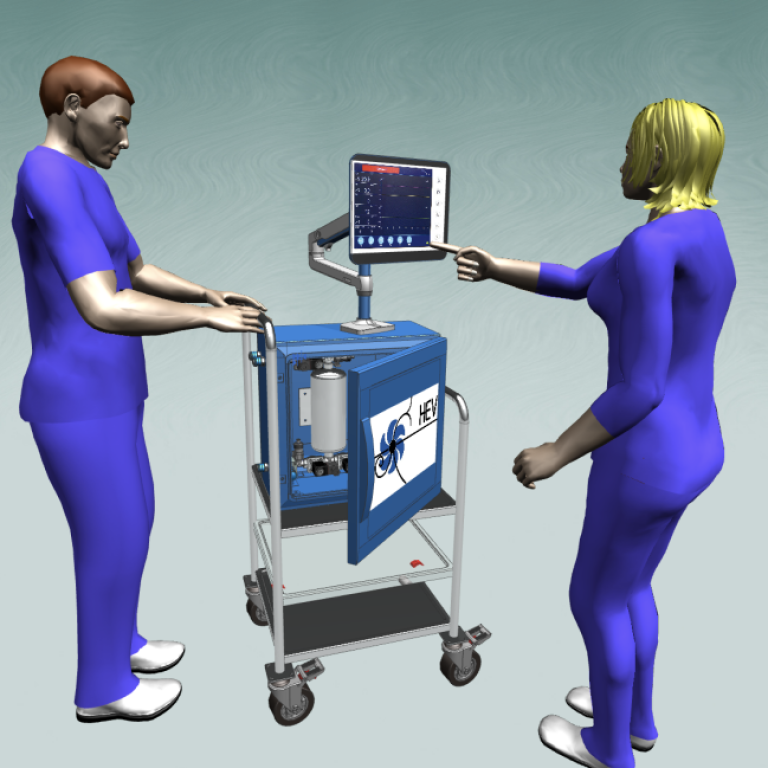
Coronavirus: furloughed CERN physicists release design for Covid-19 patient ventilator
- New ventilator design meant for patients in long-term care and recovery phases of treatment as shortages loom
- Designers say the design is easy to manufacture and integrates well in hospitals
A group of physicists and engineers affiliated with the European Organisation for Nuclear Research (CERN) have developed a prototype ventilator designed for Covid-19 patients as health authorities in the US and Europe scramble to treat those stricken by the respiratory ailment.
The high energy ventilator (HEV) designed by 31 now-furloughed CERN associates is meant to address the particular needs of Covid-19 patients under long-term care and those in their recovery phase, according to a production proposal published by the team on Friday.
HEV was designed for easy manufacture and integration into hospital environments and is not intended to replace “high-end devices needed for the most intense phase of treatment”.
The HEV team said that it had successfully tested the prototype’s unique automatic buffering capability, which is needed to avoid damaging the lungs of Covid-19 patients, on March 27. They are now seeking feedback to move quickly to development and deployment.
The HEV project developed from discussions among members one of CERN’s Large Hadron Collider groups, “when lead-designer Jan Buytaert (CERN) realised that the systems which are routinely used to supply and control gas at desired temperatures and pressures in particle-physics detectors are well matched to the techniques required to build and operate a ventilator,” according to a report on Friday in the CERN Courier.
Pressure variances sensed by the HEV can automatically “fail-safe” the machine onto full ventilation support if patients stop breathing.
Coronavirus latest: China sends over 1,000 ventilators to crisis-hit New York
“The proposal here is, at this stage, not a medically approved system and will need a process of verification with medical experts,” the proposal report said. “However, in the interests of rapid development the concept is presented to generate feedback, corrections, and support as the project progresses.”
The CERN team’s project comes as government authorities in China and US push ventilator manufactures to boost production of the life-saving machines.
US President Donald Trump has invoked a special wartime provision to get General Motors to produce them.

Underscoring the shortage of ventilators in the US, New York state’s Governor Andrew Cuomo announced on Saturday that he was expecting a delivery of 1,000 of the machines from China.
Meanwhile, the Israeli division of medical device company Medtronic said it was providing the blueprints for its ventilators for free to companies seeking to manufacture them. The division’s CEO Yaron Yitzhari, made the announcement on Wednesday.
Trump pushes for more ventilators as states continue to raise alarm
The CERN HEV team is recommending that academic institutions use the design laid out in its proposal, which provides multiple options for key components, as a basis for their own final plans.
These institutions can then work directly with local authorities or the World Health Organisation to get the ventilators into production, according to the proposal.

